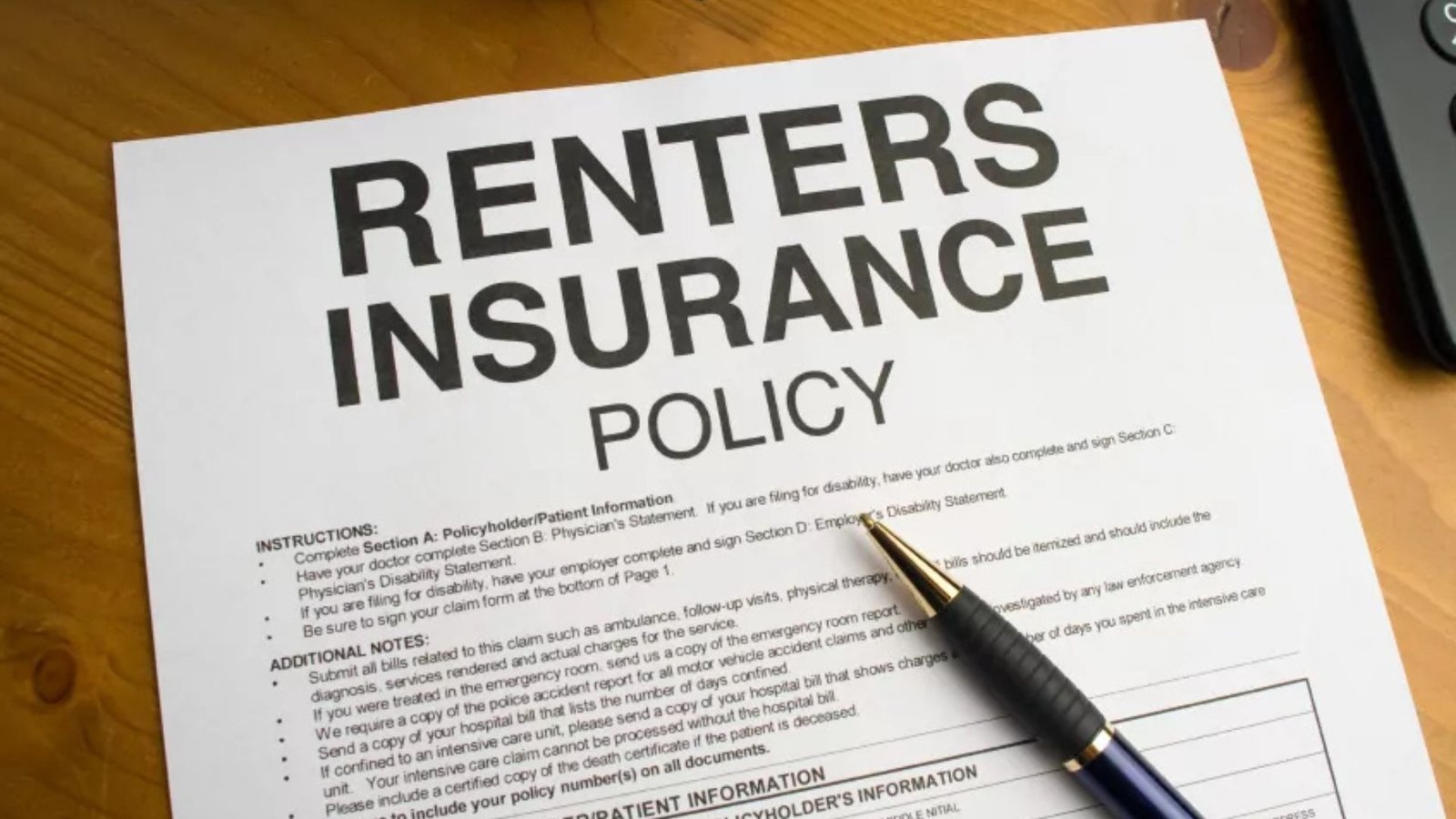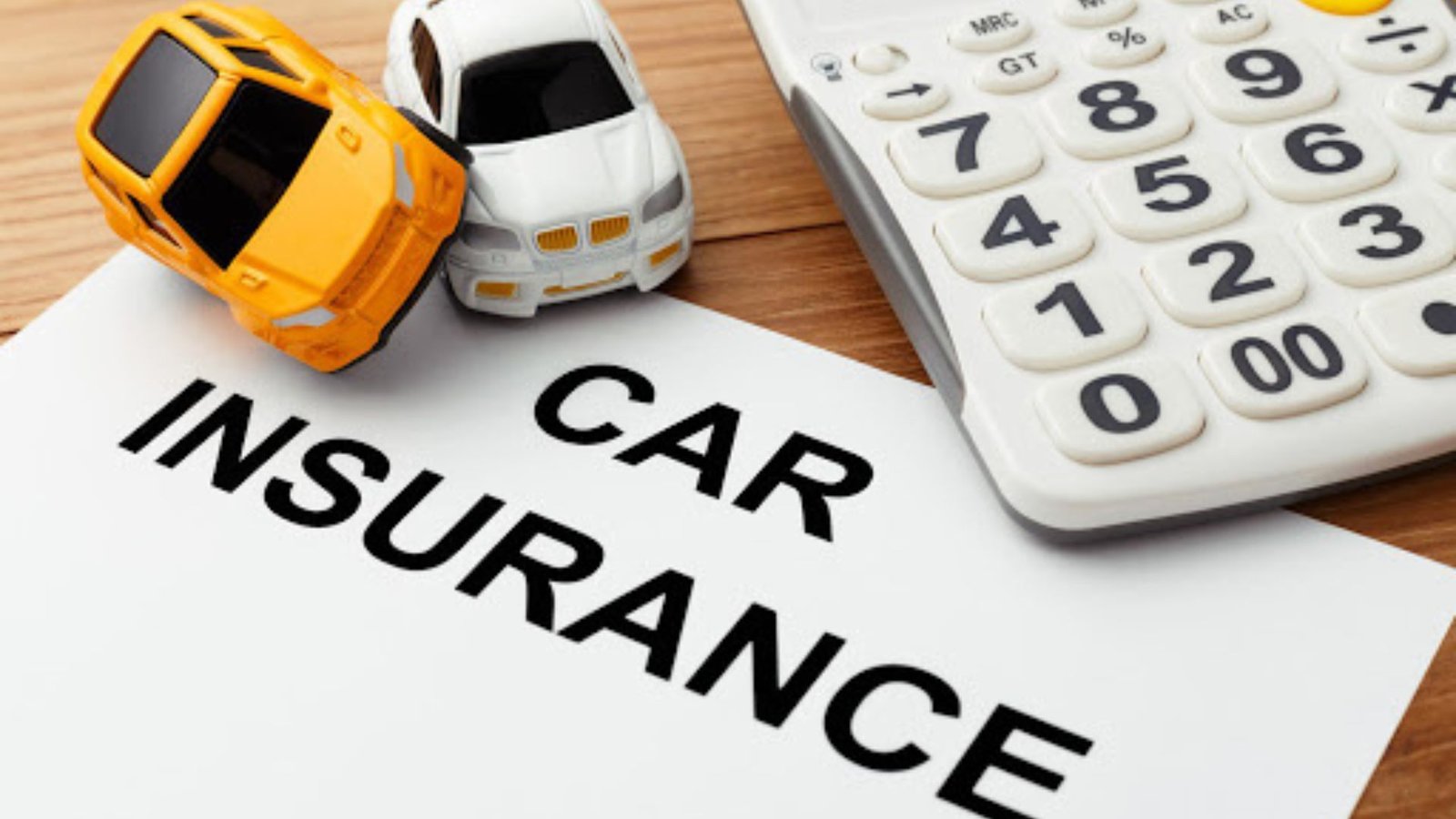Car insurance is a necessary expense for vehicle owners, but premiums can sometimes be high, especially if you have a history of claims. Fortunately, there are several ways to lower your car insurance premiums without sacrificing coverage. In this post, we’ll explore effective tips to help you reduce your insurance costs while maintaining adequate protection.

Shop Around for the Best Rates
One of the most effective ways to lower your car insurance premiums is by shopping around for the best rates. Insurance companies offer varying premiums based on your driving history, the type of car you drive, and even your location. Therefore, it’s essential to compare quotes from different providers to find the most competitive rates. Additionally, make sure to review coverage options to ensure you’re getting the best value for your money. By regularly comparing rates, you can ensure you’re not overpaying for insurance.
Maintain a Clean Driving Record
Your driving history is one of the most important factors in determining your car insurance premiums. Insurance companies view drivers with clean records as less risky, meaning they’re likely to offer lower premiums. Conversely, drivers with accidents, speeding tickets, or other violations on their record may face higher rates. Therefore, maintaining a clean driving record is a key step in lowering your insurance premiums. To help keep your premiums low, consider taking defensive driving courses or working on improving your driving habits.
Opt for Higher Deductibles
Another way to lower your car insurance premiums is by opting for higher deductibles. A deductible is the amount you pay out-of-pocket before your insurance kicks in for a claim. By choosing a higher deductible, you take on more financial responsibility in the event of an accident, but your monthly premiums will typically be lower. However, it’s important to ensure that you can comfortably afford the higher deductible in case of an accident. Assess your financial situation before choosing this option to ensure it’s a viable choice for you.
Bundle Your Policies
Many insurance companies offer discounts to customers who bundle multiple policies, such as car insurance, home insurance, or life insurance. Bundling your policies with the same insurer can result in significant savings on your premiums. Additionally, bundling makes it easier to manage your policies and pay your premiums, since you only need to deal with one insurer. Be sure to ask your insurance provider about bundle discounts to take advantage of this cost-saving strategy.
Drive a Car with Lower Insurance Costs
The type of car you drive plays a significant role in your car insurance premiums. Generally, cars that are more expensive to repair or have higher theft rates will cost more to insure. On the other hand, cars with excellent safety ratings and low repair costs typically come with lower insurance premiums. Therefore, if you’re in the market for a new car, consider selecting a model with a strong safety record, lower repair costs, and fewer high-risk features. Choosing the right vehicle can help you save money on your car insurance.
Take Advantage of Discounts
Insurance companies offer various discounts that can help lower your premiums. These discounts can be based on factors such as your driving habits, vehicle safety features, or membership in certain organizations. For instance, many insurers offer discounts for installing anti-theft devices, being a good student, or having a low annual mileage. Additionally, some companies offer discounts to members of professional organizations or associations. Be sure to ask your insurance provider about any discounts you may be eligible for to reduce your premiums.
Review Your Coverage Regularly
Your car insurance needs may change over time, and it’s important to review your coverage regularly. For example, if your car is older and has a lower market value, you may no longer need comprehensive or collision coverage. Reducing or removing certain types of coverage that are no longer necessary can result in lower premiums. On the other hand, if you’ve paid off your car loan, you may not need certain requirements, such as gap insurance. Regularly reviewing your policy ensures that you only pay for the coverage you truly need.
Conclusion
Lowering your car insurance premiums doesn’t have to be difficult. By shopping around for the best rates, maintaining a clean driving record, opting for higher deductibles, and bundling policies, you can save money without sacrificing protection. Additionally, driving a safer car, taking advantage of discounts, and reviewing your coverage regularly can help ensure you’re paying the lowest possible premiums. By applying these tips, you can reduce your car insurance costs while still enjoying the coverage you need.











